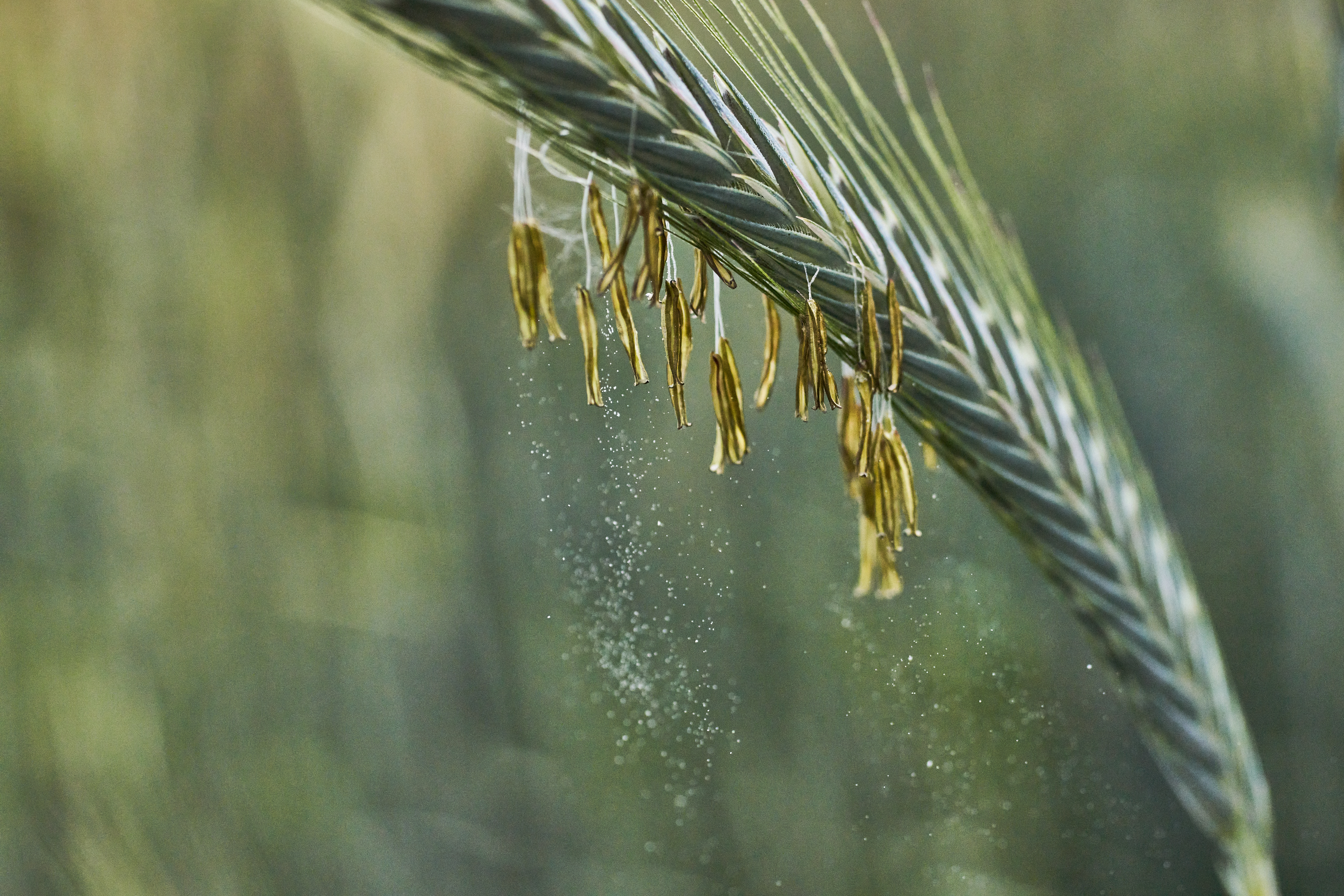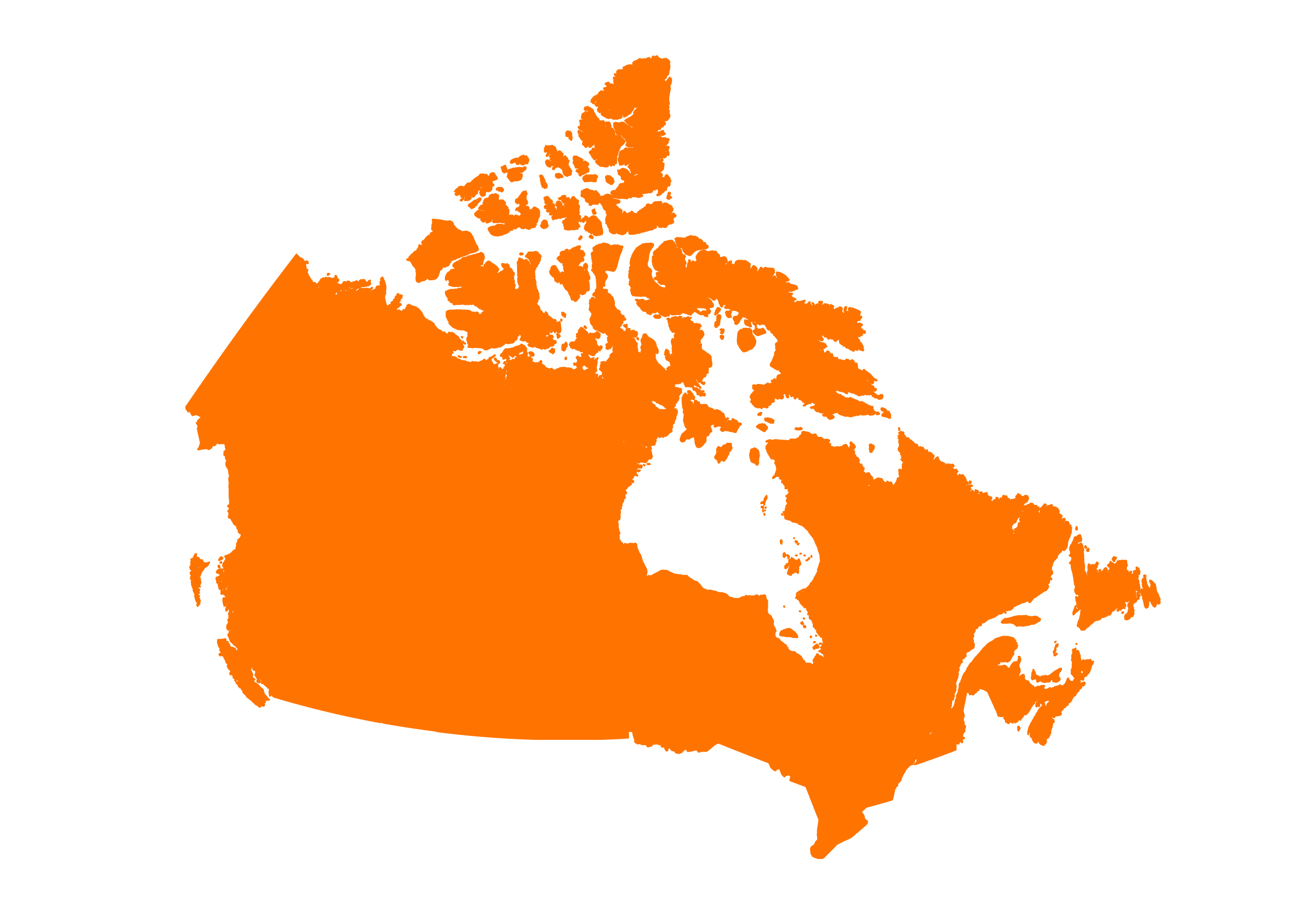KWS AVIATOR
Bred for Forages - Tall & Early
Variety Highlights
- Top forage yields
- Tall biomass structure
- Earliest spring emergence
- Unsurpassed winter hardiness
End Use Market
- Forage
KWS AVIATOR provides ruminant livestock producers with an earlier harvested product, and when used in rotation with other forage crops it will extent the forage harvest season.
Downloads
Forage Production Test Data
| KWS AVIATOR | KWS PROGAS | KWS PROPOWER | |
|---|---|---|---|
|
Early Cut (Flag Leaf – Boot) MT/AC @ 35% DMY |
7.22 | 6.56 | 6.17 |
|
Late Cut (Milky – Soft Dough) MT/AC @ 35% DMY |
12.04 | 11.20 | 11.62 |
Source: Third Party USA Rye Trials – Kansas City, KS | Hayes, KS | Scandia, KS | Cornell U, NY | SDSU, SD | 2021-2022
Agronomy Co-op Test Data
| KWS AVIATOR | Average of Hybrid Rye Check Varieties | |
|---|---|---|
| Winter Hardiness | 91% | 81% |
| Height | 103cm | 92cm |
Source: Fall Rye Cooperative Registration Trials 2016-17, 2017-18, 2018-19
.jpg)









